Katyusha: 5 facts about the most fearsome weapon of WWII
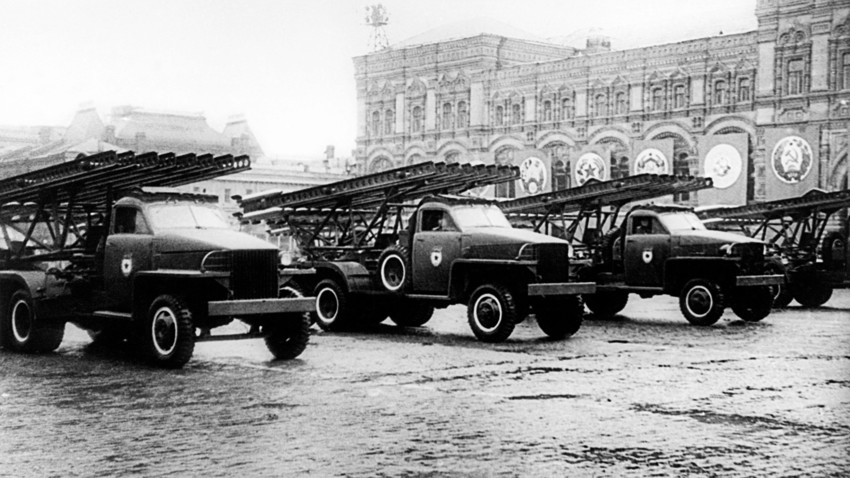
The Victory Day celebrations. BM-13 Katyusha multiple rocket launchers rolling in Red Square. June 24, 1945
Getty Images1. Top secret
Katyusha was presented to highest Soviet officials right before the war. Initially, the device – a few projectiles mounted on a simple truck – did not impress them much. But when it fired
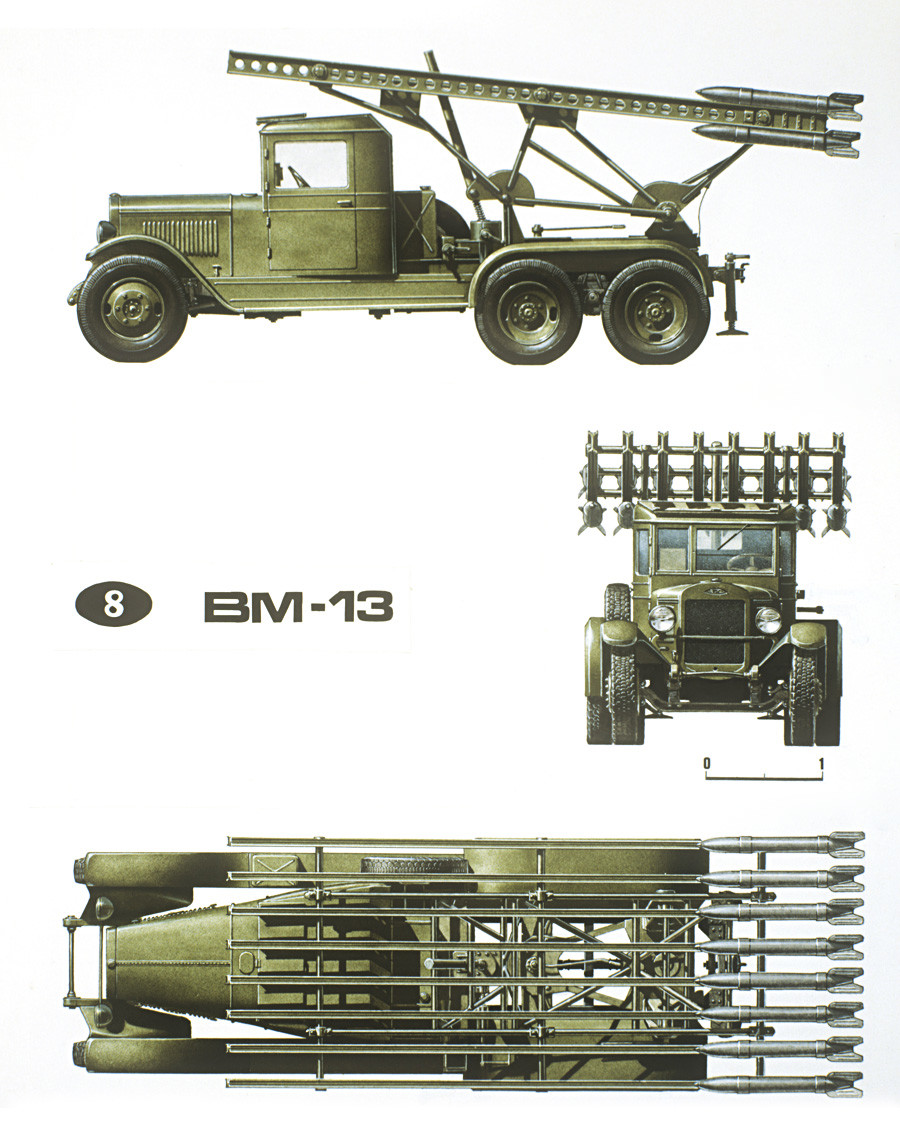
Reproduction of the picture that depicts Katyusha multiple rocket launcher on ZiS-6 Soviet truck
SputnikThe new weapon was a top-secret development. Every Katyusha was fitted with an explosive device so the weapon could be destroyed before the Germans had a chance to capture it. Katyusha regiments were called Guards Mortars to make sure it wasn’t obvious they possessed the rocket launcher.
2. ‘Unknown weapon’
The official name of the weapon was BM-13, BM stood for fighting machine and 13 referred to the caliber of missiles. The first experimental unit consisting of seven BM-13 under the command of captain Ivan Flerov was used in fighting for the first time in the Belorussian city of Orsha (500 km west of Moscow) on July 14. Orsha was a huge transportation hub that had already been taken by the Wehrmacht.
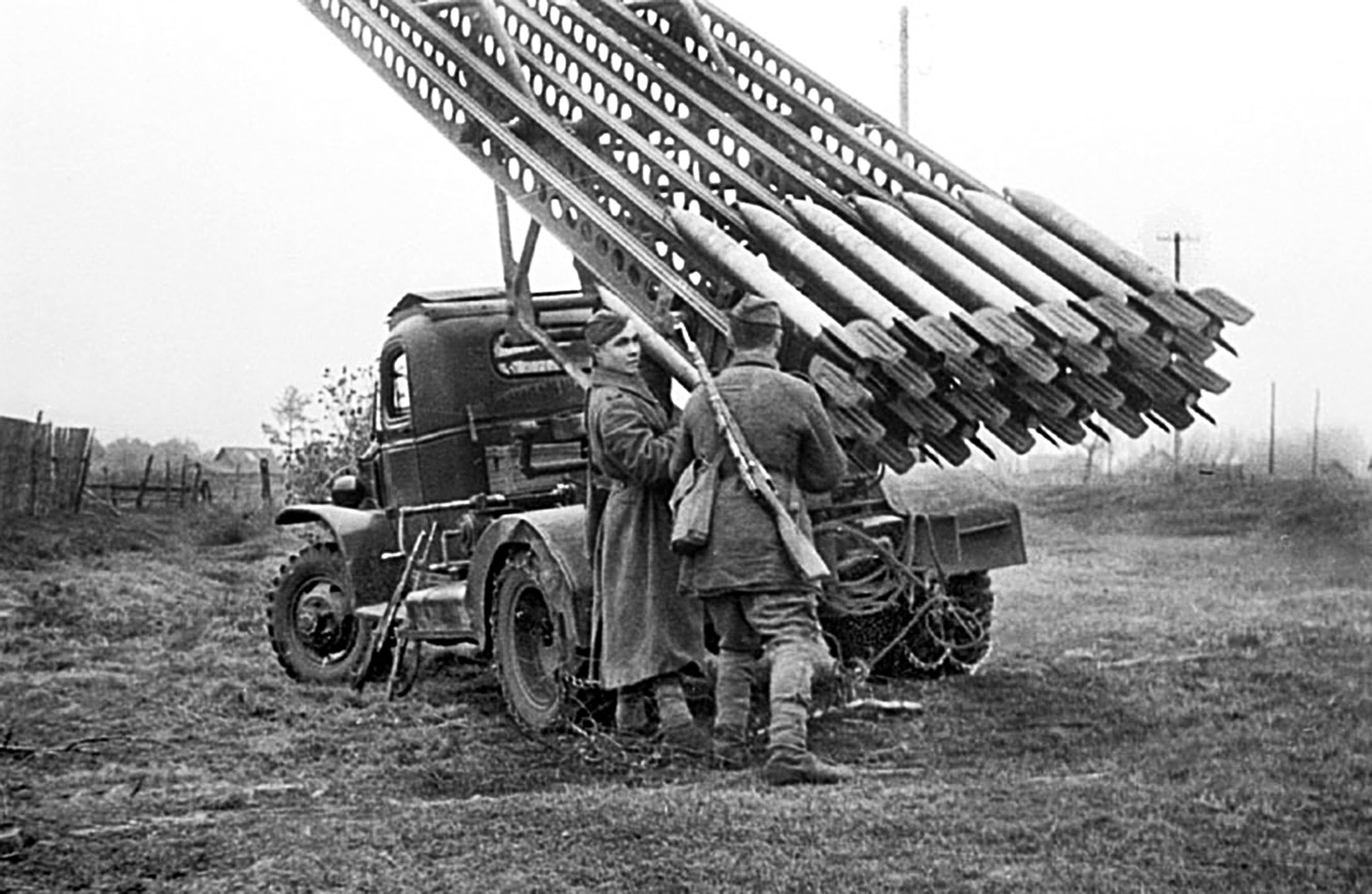
Katyusha regiments were called Guards Mortars to make sure it wasn’t obvious they possessed the rocket launcher
Getty ImagesThere were a lot of troops and ammunition concentrated there. In its first
“The Russians used an unknown until now
3. Fast and furious
The shock and devastating effects on the enemy
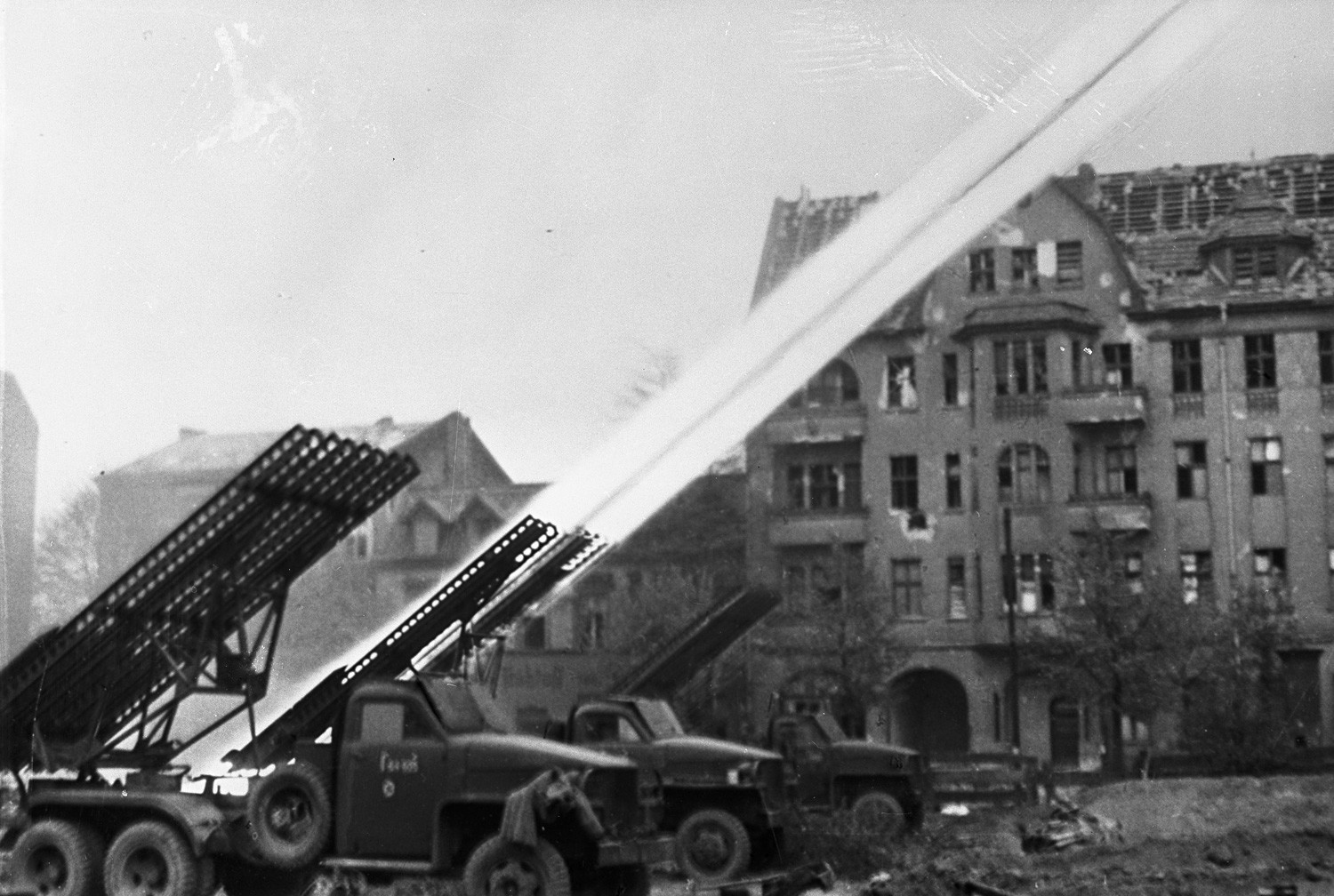
Katyushas' units were able to deliver several tones of explosions in just a few seconds to cover an extensive area
Getty ImagesAfter the weapons proved its efficiency in combat, multiple new units of the rocket launchers were formed and sent to the front. The Katyusha became a widespread Soviet weapon and one of the main symbols of WWII for Russians.
The battery of captain Flerov fought until early October in a bid to resist the Wehrmacht’s push to Moscow. Then his unit was encircled in the city of Vyazma (300 km west of Moscow). Soldiers fired all of their missiles and blew up the machines. The Germans did not manage to take either equipment or personal as the unit fought until the last soldier was dead - as a result Captain Flerov war praised posthumously.
4. The Germans failed to create a copy
The Germans were eager to get familiar with the new Russian weapon but for a long
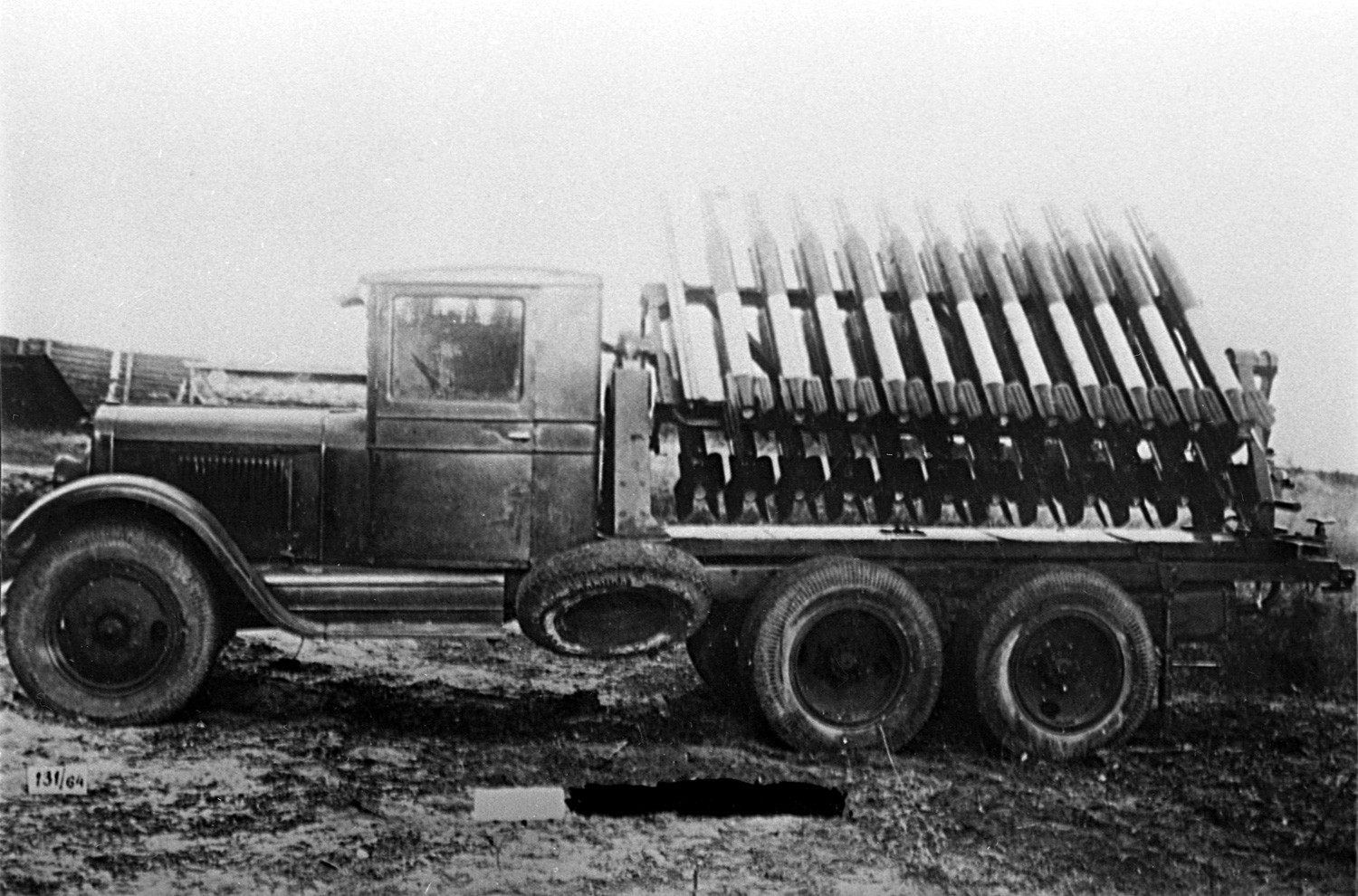
Unlike the traditional artillery, BM-13s were mobile and could move quickly between firing spots
SputnikThe Germans had their version of a rocket launcher – the Nebelwerfer – a six-barrel mortar. However, it could not deploy as many missiles as the Katyusha (it usually had 16), it was not mobile, had a shorter range, and after
5. Girl’s name
Why was it call Katyusha? Well, Katyusha was a popular song at the time. It was the name of a girl (the diminutive form of Ekaterina or Katya) who was longing for her boyfriend who was sent off on military service to patrol the border.
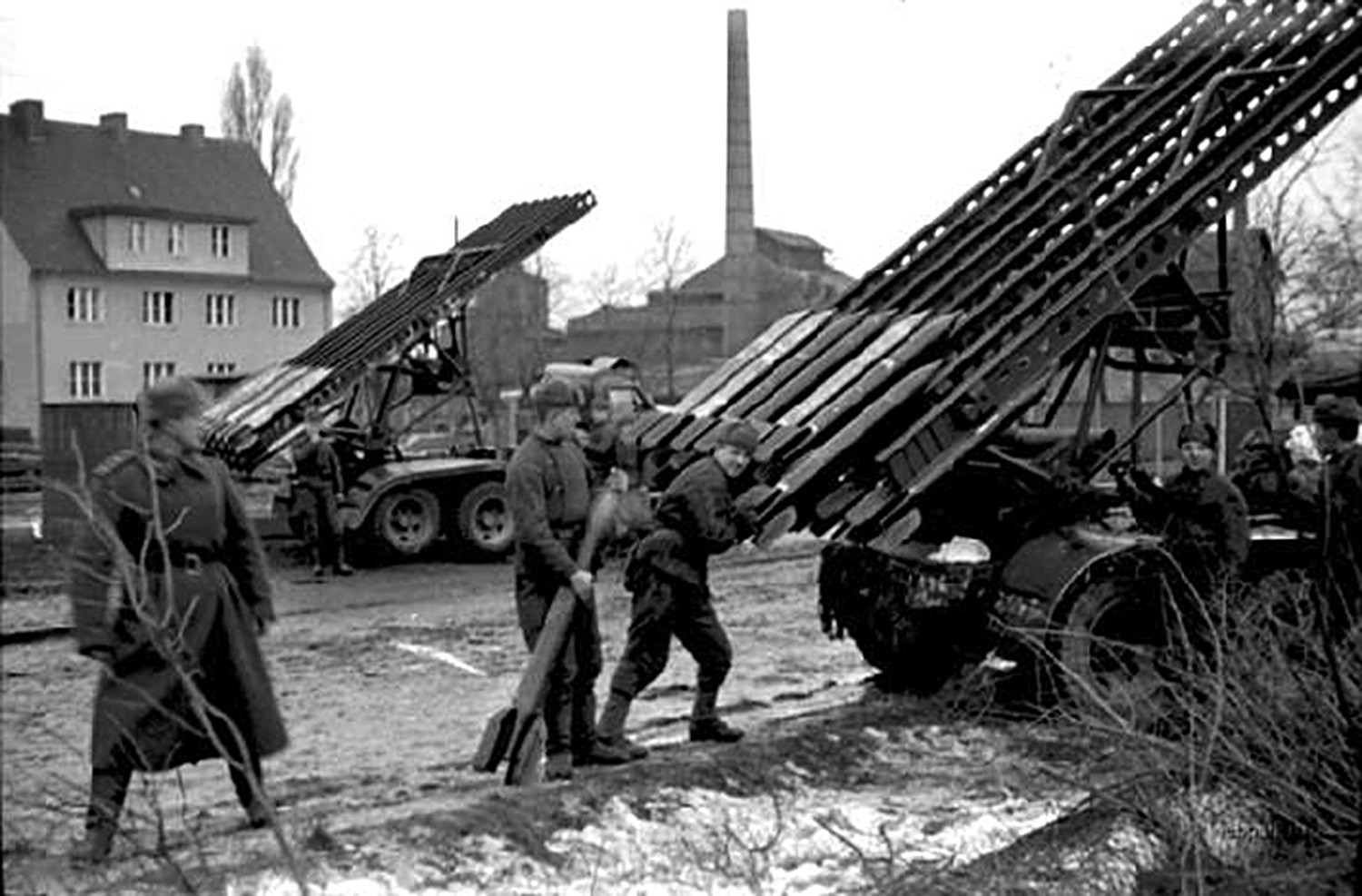
Fire power of Katyushas' salvo was comparable to that one of 70 heavy artillery guns combined
Getty ImagesAnother version says the letter “K” was put on the machine’s frame as it was produced by the Komintern factory in Voronezh. According to the third legend, Katyuska was a name of a girlfriend of a Russia soldier who serviced the weapon.
Read here about the best Allied tank ace of WWII.
If using any of Russia Beyond's content, partly or in full, always provide an active hyperlink to the original material.
Subscribe
to our newsletter!
Get the week's best stories straight to your inbox